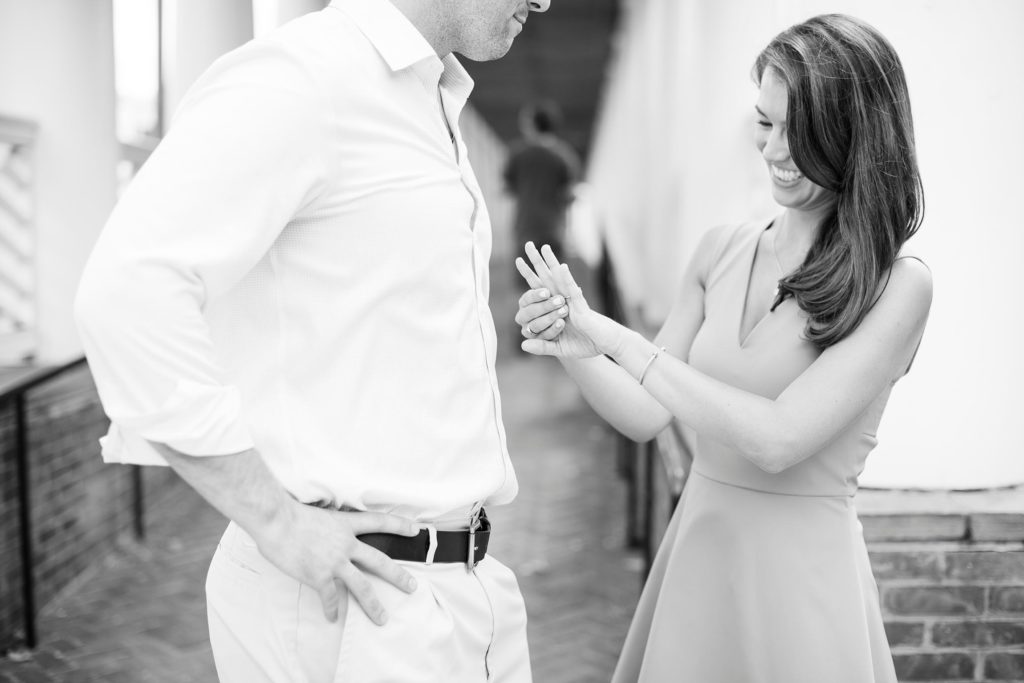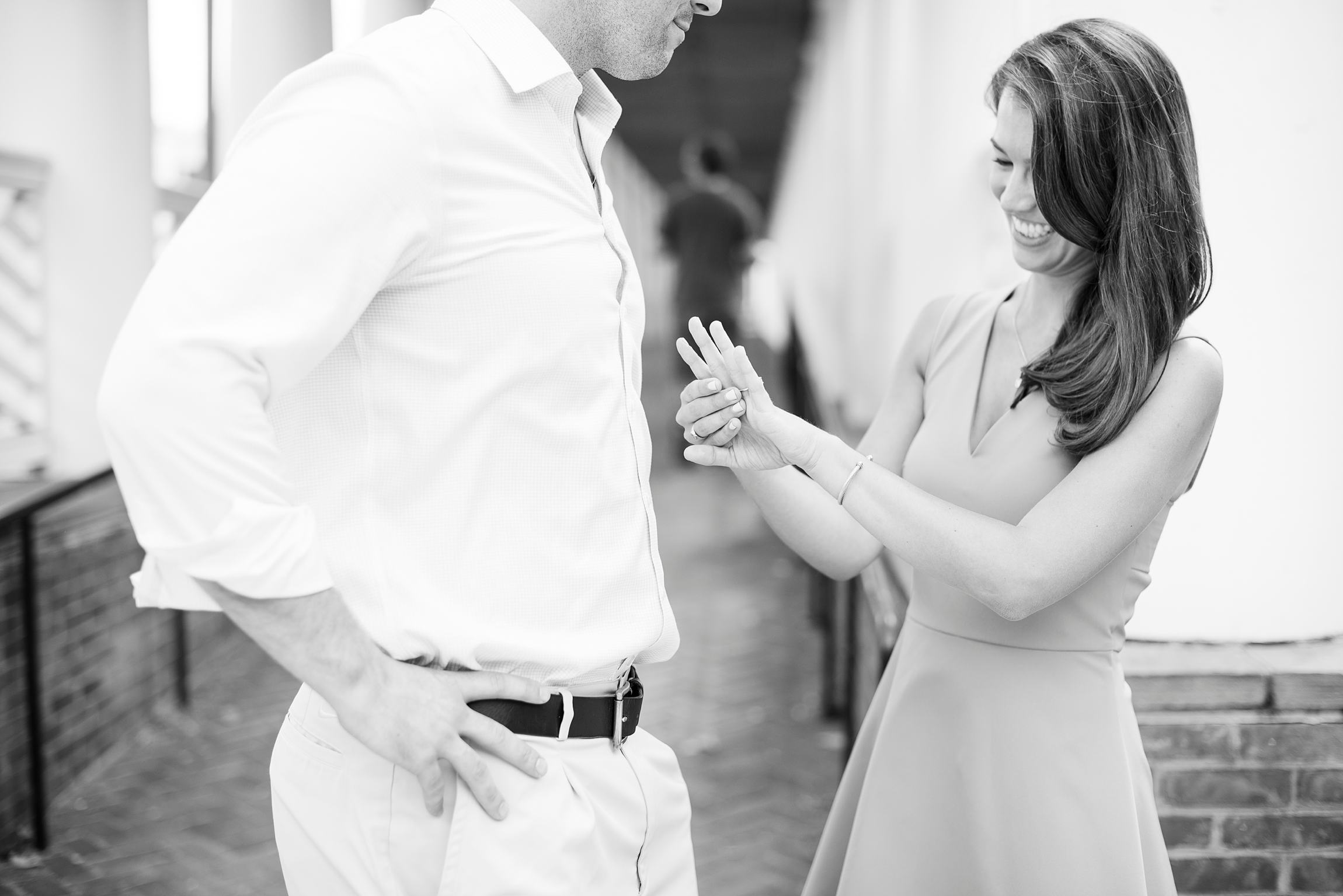Photographing a proposal can be tricky work- stay hidden so you don’t blow the surprise, but also positioned in just the right place/time to capture the authenticity of the moment.
Yea, tricky.
I’ve never been one to suggest that the proposal is planned around what works best for photos – it should be exactly how the client wants it to go and you’re just there to document. With that direction in mind, check out these top tips for photographing a proposal that will help all the things go smoothly.

1. Scope out the location in advance and find your hiding spot
This is the single MOST IMPORTANT tip for photographing a proposal. If you’re able to meet the groom at the proposal spot the day before, you can coordinate the plan of action. Otherwise, make sure you get there early on the day of the proposal to position yourself and communicate it with the groom.
It’s important for the propose-er to know where you are, even if the propos-ee does not– this is something you need extra eyes for to make sure you’re able to see the whole thing unfolding while still not compromising your role (thus ruining the big surprise).
2. Discuss positioning
Make sure that you know where exactly he plans to go down on one knee and make suggestions based on factors like lighting and where you’re able to hide. It’s not about choreographing, but if you can ensure great shots but simply telling him to face one way or the other when he gets on one knee, it’s no big deal for him and he’ll be all for it.
And hey, if they forget (there’s lots going through their heads!) it’s your job to improvise. That’s what photographers do.

3. Fill in business owners, groundskeepers, etc. with the details if necessary
During one proposal I did, we were at a botanical garden and about 10 minutes before the couple was set to arrive, a groundskeeper started trimming bushes around the area. I swiftly left my hiding spot to let him know what was taking place and kindly asked him to make himself invisible for the next 15 minutes. Of course he was fine with it!
Some proposals happen in public places, in which case, you embrace the crowd and become part of it as your “hiding place.” But in the case where you’re seeking privacy, you need to be direct about addressing any person or situation that could disrupt it and ruin the moment.
4. Encourage “golden light” timing but don’t demand it
If at all possible, encourage an early evening proposal time to get the best and most flattering light. Nighttime only complicates an already complicated situation and mid-day light can be harsh and difficult to shoot- especially when you’re limited in your angles and ability to make adjustments. Planning for a sunrise or sunset proposal is not only romantic, but the ideal conditions for shooting to make sure you don’t miss a beat!
With that said, if sunset is not in the groom’s plans, adjust.
You’re there to capture their experience, not create an artificial one for the sake of light.
Be a problem-solver and roll with the punches.

this proposal and mini-shoot following took place right at noon on a bright, summer day!
5. Get a day-of contact and stay in touch on the big day
If at all possible, have the groom contact you with any updated plans and timing. Alternately, if it’s going to be obvious he’s up to something when looking at his phone, consider looping a friend into the equation who can keep you posted on the couple’s whereabouts. Sometimes things shift and if they’re planning to be at the location an hour earlier than expected because they decided to skip the movie, you need to know!
On the flip side, you don’t want to be hiding in a bush for an hour because they decided to take a detour and get ice cream after dinner.
6. Be early and ready in a blink
Take #5 with a grain of salt because with proposal shoots, flexibility needs to be your game. You need to be early regardless of the set “time.” I hid in a prickly bush in the rain for about 20 minutes at one proposal before they arrived and the excitement was killing me! But I was glad to have some time to set up my gear, practice my angles, and make sure I was out of sight because once they arrived, it all unfolded so quickly!

7. Use a zoom lens
Without the flexibility to move with your subjects and the necessity to hide out of view, a quality zoom lens is pretty much your only option. I used my Nikkor 2.4 70-200 lens for the whole time which allowed me to capture the detail of their expressions and the big picture environment all from my tiny little hiding bush a few yards away.
8. Come out, come out wherever you are
After that diamond is securely on her finger and they are officially engaged, go on and come out from that preciously chosen hiding spot for some better angles (she still probably won’t notice you.)
As long as it’s been cleared by your groom beforehand, go on and make yourself known, congratulate the couple, take some shots of that initial joy, and then either excuse yourself to let them enjoy their moment, or if the groom has opted to have you shoot a mini engagement shoot following the proposal, you can begin working with them both!

